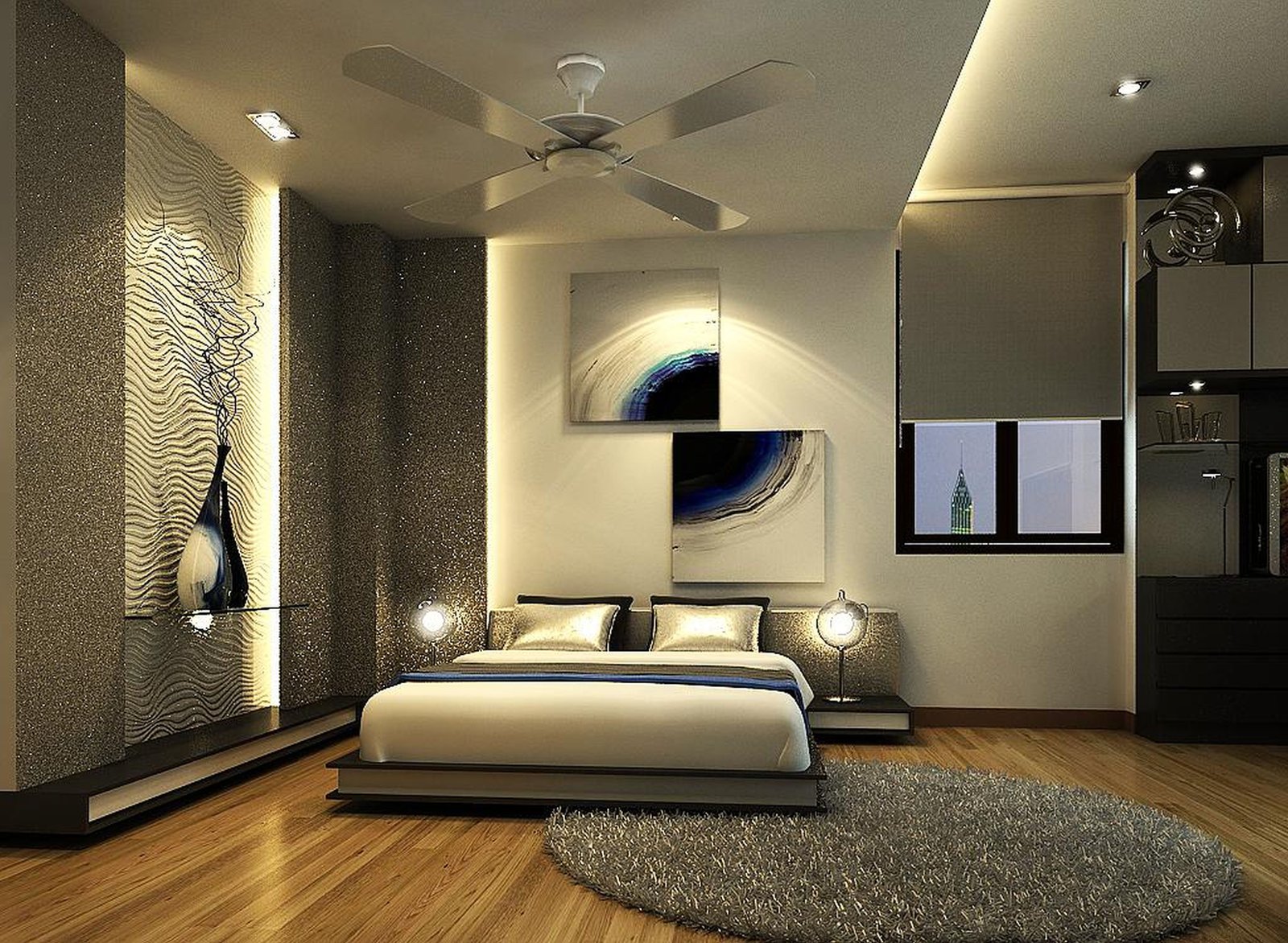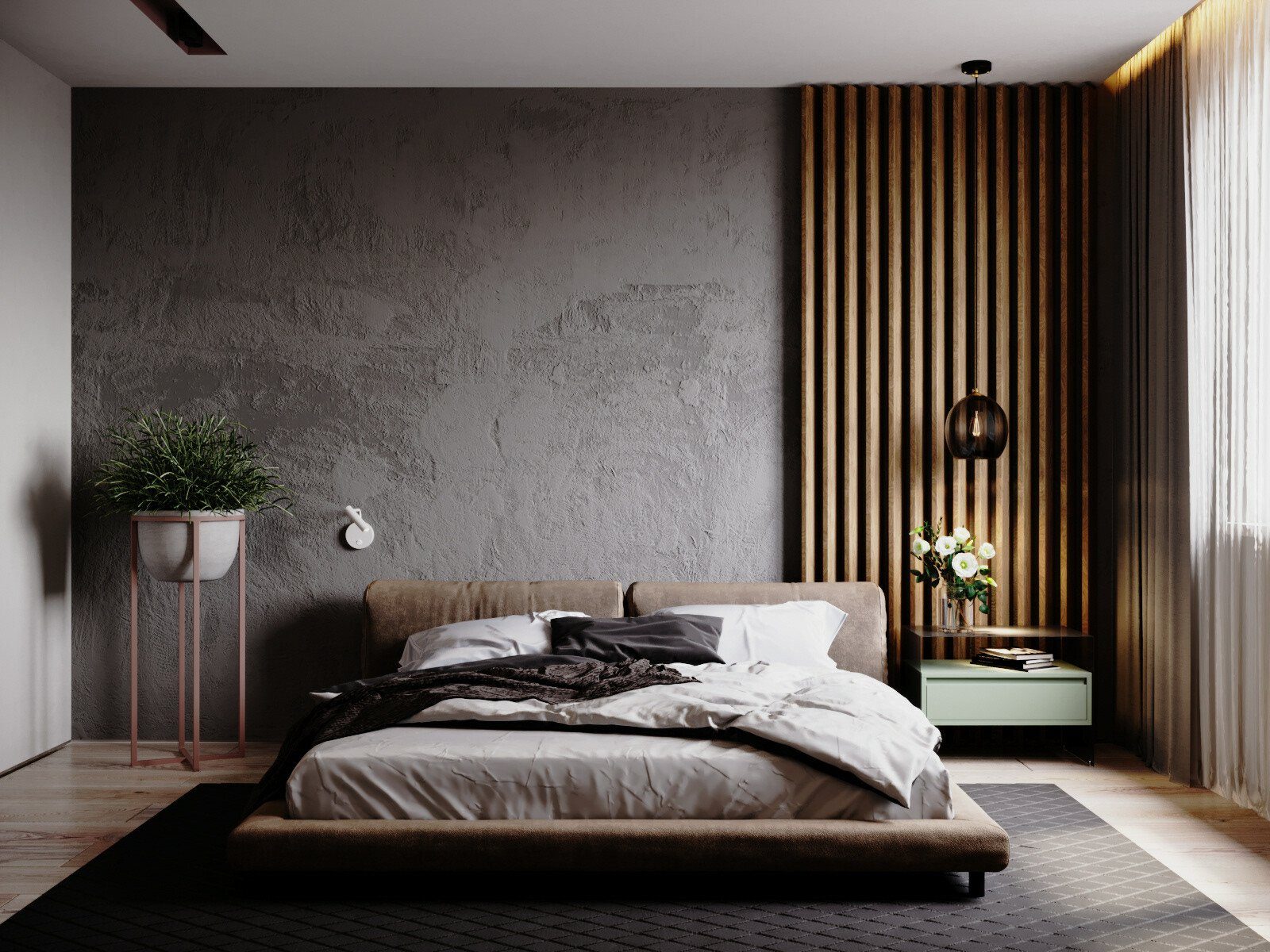Maximizing Space in a 12×10 Bedroom

Designing a functional and visually appealing bedroom in a 12×10 space presents unique challenges. The limited square footage requires creative solutions to accommodate essential furniture pieces, optimize storage, and maintain a sense of spaciousness. This section explores practical strategies for maximizing space in a 12×10 bedroom, offering valuable insights for transforming a small bedroom into a comfortable and stylish haven.
Storage Solutions for Small Bedrooms
Maximizing storage is crucial in a small bedroom. By incorporating clever storage solutions, you can minimize clutter and create a sense of order.
- Utilize Vertical Space: Vertical space is often underutilized in small bedrooms. Consider tall bookshelves, wardrobes with built-in drawers, or floating shelves to maximize storage capacity without encroaching on floor space.
- Invest in Multi-Functional Furniture: Multi-functional furniture pieces, such as a bed with built-in storage drawers or a desk with integrated shelving, can significantly increase storage capacity while minimizing the footprint of individual pieces.
- Embrace Wall-Mounted Storage: Wall-mounted storage solutions, such as shelves, organizers, and mirrors, can create a sense of spaciousness by freeing up floor space. These options also add visual interest and can be customized to suit your needs.
Space-Saving Furniture Options for a 12×10 Bedroom
Selecting space-saving furniture is essential for maximizing the functionality of a small bedroom.
- Platform Beds: Platform beds with built-in storage drawers or a low profile design can create a more spacious feel by minimizing visual bulk.
- Murphy Beds: Murphy beds are ideal for small bedrooms as they fold away when not in use, maximizing floor space during the day.
- Folding Desks: Folding desks can be easily tucked away when not in use, freeing up space for other activities.
Layout Plan for a 12×10 Bedroom
A well-planned layout is essential for maximizing space and creating a functional bedroom. Here’s a sample layout plan for a 12×10 bedroom that includes a bed, a desk, and a closet:
[Image description: A simple sketch of a 12×10 bedroom layout. The bed is placed against the longest wall, with a nightstand on each side. A desk is positioned against the shorter wall opposite the bed, with a chair in front of it. A closet is placed on the wall next to the desk, with shelves above it.]
This layout maximizes floor space by placing the bed against the longest wall, allowing for ample walking space. The desk is positioned opposite the bed, providing a dedicated workspace while remaining visually separated from the sleeping area. The closet is placed next to the desk, providing convenient access to clothing and other items.
Choosing the Right Furniture

A 12×10 bedroom presents a unique challenge for furniture selection. It’s small enough to feel cramped if not carefully planned, yet large enough to accommodate essential pieces. The key is to choose furniture that maximizes functionality and visual appeal without overwhelming the space.
Choosing the Right Bed Size
The bed is the focal point of any bedroom, and its size significantly impacts the room’s overall feel. A 12×10 bedroom can comfortably accommodate a full-size bed, which measures 54 inches wide by 75 inches long. A queen-size bed, measuring 60 inches wide by 80 inches long, might be too large for this space, making it feel cramped. However, if you prioritize comfort and sleep quality, a queen-size bed could be a good option, especially if you have a partner. A twin bed, measuring 39 inches wide by 75 inches long, can be a space-saving option, especially for a single occupant.
- Full-size bed: A good balance between comfort and space. Ideal for a single occupant or a couple who prefers a smaller bed.
- Queen-size bed: Offers more sleeping space but can make the room feel smaller. Consider a queen-size bed if you prioritize comfort and have a partner.
- Twin bed: A space-saving option for a single occupant, particularly if you have limited floor space.
Choosing Nightstands, Dressers, and Desks
The choice of nightstands, dressers, and desks should complement the bed size and overall room design. For a 12×10 bedroom, opt for smaller-scale pieces that maximize functionality without overwhelming the space.
- Nightstands: Choose nightstands with drawers or shelves for storage. Opt for slim, narrow designs to avoid taking up too much floor space. Floating nightstands can create an illusion of more space.
- Dressers: A dresser is essential for storing clothes and other belongings. Choose a dresser with a compact design and drawers for maximizing storage space. A tall, narrow dresser can be a space-saving option. Alternatively, consider a chest of drawers or a smaller dresser with a mirror.
- Desks: If you need a desk in your bedroom, choose a compact and functional design. A small writing desk or a foldable desk can be a good option. Consider a wall-mounted desk or a desk with built-in storage.
The Importance of Scale and Proportion
Scale and proportion are crucial for creating a balanced and visually appealing bedroom. Choose furniture that is proportionate to the room’s size and doesn’t overwhelm the space. For example, a large bed in a small bedroom can make the room feel cramped.
Furniture should be scaled to the size of the room to maintain visual balance.
Bedroom Layout Design, Interior design for 12×10 bedroom
To maximize functionality and visual appeal, consider the following layout design for a 12×10 bedroom:
- Place the bed against the longest wall: This creates a focal point and leaves more floor space for other furniture.
- Use nightstands on either side of the bed: Provide easy access to personal items and a place for a reading lamp.
- Position the dresser opposite the bed: This creates a balanced layout and provides ample storage space.
- Place a desk or a chair in a corner: This maximizes floor space and creates a dedicated workspace.
- Use a rug to define the space: A rug can help ground the furniture and create a sense of coziness.
Creating a Stylish and Inviting Atmosphere: Interior Design For 12×10 Bedroom

Transforming a 12×10 bedroom into a haven of style and comfort requires a thoughtful approach to color, texture, and lighting. By leveraging these elements, you can create a space that reflects your personality and invites relaxation.
Color Palettes and Their Impact
The color palette you choose for your bedroom plays a crucial role in setting the mood and ambiance.
- Cool Colors: Blue, green, and purple evoke feelings of calm, serenity, and tranquility. These hues are particularly well-suited for bedrooms, as they promote relaxation and restful sleep. For example, a pale blue or lavender can create a soothing and airy atmosphere, while a deeper navy blue can add a touch of sophistication.
- Warm Colors: Red, orange, and yellow are known for their energizing and stimulating qualities. While they can be invigorating, using them in a bedroom should be done with caution. Consider incorporating warm colors as accents to add warmth and personality without overwhelming the space. For example, a warm terracotta or burnt orange can add a touch of warmth to a neutral palette, while a sunny yellow can brighten a corner.
- Neutral Colors: White, gray, beige, and black offer a timeless and versatile backdrop for any style. Neutral colors provide a sense of peace and allow you to experiment with different accents and patterns. For example, a white bedroom can be kept minimalist or adorned with colorful artwork and accessories.
Incorporating Patterns and Textures
Patterns and textures add visual interest and depth to a bedroom, preventing it from feeling monotonous.
- Patterns: Stripes, geometric patterns, florals, and animal prints can all add personality and visual appeal. For a 12×10 bedroom, consider using patterns strategically. For example, a bold patterned rug can ground the space, while a patterned headboard can add a touch of drama. Alternatively, incorporating a patterned throw pillow or curtains can add a subtle touch of interest.
- Textures: Different textures create a multi-sensory experience, making the space feel more inviting. Soft textures, such as velvet, chenille, and faux fur, can add warmth and comfort, while rougher textures, such as linen, cotton, and wool, can add a touch of rustic charm. For example, a plush velvet headboard can add a touch of luxury, while a woven wool rug can add warmth and texture to a minimalist bedroom.
The Power of Lighting
Lighting is essential for creating a desirable ambiance and functionality in a bedroom.
- Ambient Lighting: Ambient lighting provides overall illumination and sets the mood. Consider using a ceiling fixture, such as a chandelier or pendant light, to provide general illumination. You can also use floor lamps or table lamps to create a soft and inviting glow.
- Task Lighting: Task lighting provides focused illumination for specific activities, such as reading or applying makeup. Consider using bedside lamps, desk lamps, or wall sconces to provide targeted light.
- Accent Lighting: Accent lighting highlights specific features or objects in the bedroom, such as artwork or plants. You can use track lighting, spotlights, or LED strips to create a dramatic effect. For example, highlighting a piece of art with a spotlight can draw the eye and add a touch of sophistication.
Designing a Bedroom with a Specific Style
Choosing a style for your bedroom allows you to create a cohesive and personalized space.
- Minimalist: Minimalist bedrooms are characterized by clean lines, neutral colors, and a focus on functionality. A minimalist bedroom often features a simple bed frame, a small nightstand, and a few carefully selected accessories. To enhance the minimalist aesthetic, consider incorporating natural materials like wood and linen.
“Less is more” is a key principle of minimalist design.
- Bohemian: Bohemian bedrooms are known for their eclectic mix of patterns, textures, and colors. They often feature vintage furniture, handmade textiles, and a mix of global influences. To create a bohemian bedroom, consider incorporating colorful rugs, macrame wall hangings, and plants.
“A bohemian bedroom is a reflection of the owner’s unique personality and travels.”
- Traditional: Traditional bedrooms are characterized by classic furniture, rich colors, and elegant details. They often feature ornate headboards, plush fabrics, and antique accessories. To create a traditional bedroom, consider incorporating floral patterns, damask fabrics, and crystal accents.
“A traditional bedroom is a timeless and sophisticated space that exudes elegance and comfort.”
Interior design for 12×10 bedroom – Transforming a 12×10 bedroom into a sanctuary of peace requires a mindful approach to design. Just as a skilled architect carefully plans the layout of a single bedroom apartment, you can strategically utilize every inch of your space. Explore the possibilities of single bedroom apartment floor plans for inspiration, and remember that every element, from furniture placement to color choices, contributes to the overall harmony of your personal haven.
A 12×10 bedroom may seem small, but it can be a haven of peace and tranquility with thoughtful interior design. If you’re seeking to maximize space and create a sense of separation, consider exploring the concept of split bedroom design floor plans.
This approach can help you carve out distinct zones within your bedroom, allowing for a dedicated sleeping area and a separate space for relaxation or work, fostering a harmonious balance in your sanctuary.